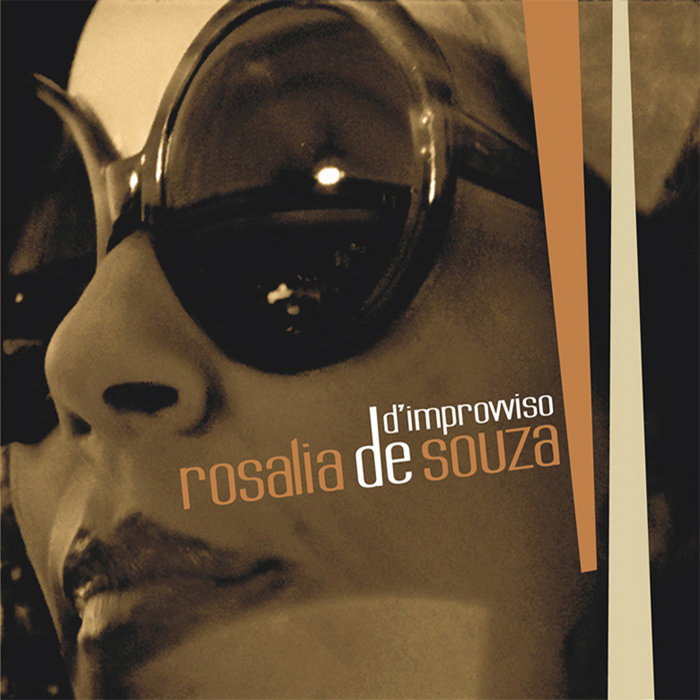
Carolina Carol Bela – Rosalia De Souza
this blog is GROOVY – check out great Soul, Funk, Jazz, Hip Hop, Bass, Breaks , Reggae, House n many more TUNES
Samba jazz, baby! It’s a rhythmic celebration that grooves its way through the heart and soul of Brazilian music. A fusion of samba’s infectious beats and jazz’s improvisational spirit, samba jazz is like a funky cocktail — rich in flavor and full of surprises. So let’s take a trip through the history of this vibrant genre while sprinkling in some fun facts about the musicians who helped shape it!
Samba itself has roots dug deep into African rhythms brought over by enslaved people to Brazil. As time rolled on, those Afro-Brazilian influences mixed with various European styles, creating what we now know as samba. By the 1930s, samba was struttin’ its stuff all over Rio de Janeiro.
Now enter stage left: jazz! Originally hailing from New Orleans, this improvisational art form made its way across borders, influencing countless genres worldwide. In Brazil during the 1940s and ’50s—a decade where bossa nova was also making waves—musicians started blending these two dynamic styles together to create something exceptionally unique: samba jazz!
One name that always pops up when talking about samba jazz is Jorge Ben. This guy is not just a musician; he’s basically an icon! Jorge blended his love for samba with rock and funk elements too—yeah buddy! Check out his classic hit “Mas Que Nada.” Not only did he get people dancing in Brazil, but he also made waves internationally thanks to covers by artists like Sergio Mendes.
Speaking of Sergio Mendes… He took things even further globally with his band Brasil ’66. With their upbeat sound mixing traditional Brazilian melodies and American pop sensibilities, they showed everyone how far you could go just by shaking it onstage!
And let’s not forget Airto Moreira, who was born in Brazil but found fame playing with superstars like Chick Corea in America. Airto brought some wild percussion sounds that added an electrifying twist to every performance—imagine him juggling instruments while grooving at the same time!
So what exactly does samba jazz sound like? Picture this: you’ve got syncopated rhythms bouncing off each other like lively dance partners; brass sections blaring sweet melodies reminiscent of street festivals alongside soft yet complex harmonies woven expertly among them.
It’s got energy! It’s got swing! And oh boy… it REALLY makes you want to move your feet! When played live, expect lots of improv sessions where musicians seem telepathically connected—even switching solos on-the-fly without missing a beat (or note).
Don’t Forget Your Shades: Many legendary sambistas are known for their killer shades—and let me tell you—it became part of their brand. If someone didn’t have sunglasses on-stage during performances back then? You might as well rethink your fashion choices because they were ALL about looking cool under those hot stage lights.
Rhythm Over Dinner: Ever heard stories about jam sessions? Well brace yourself because many famous sambistas would start jamming right after meals rather than heading straight for rehearsals — talk about taking “playing with your food” literally!
Crazy Collaborations: There are tales involving spontaneous collaborations between artists who came together simply due to location or coincidence; one such story involves Jorge Ben mysteriously showing up at an after-party where Gilberto Gil happened to be playing… resulting in pure musical magic unfolding before anyone realized what had happened.
The Unofficial Olympic Sport: Playing fast-paced tunes while dodging enthusiastic dancers crowding around seems almost Olympic-worthy effort level for some bands performing live—seriously though folks have been known do everything from salsa-ing across stages spilling drinks everywhere while trying NOT step on any toes (not easy!).
Fashionably Late – Or Early?: Some musicians have gotten notorious reputations for arriving late (when aren’t they?) OR showing up ridiculously early before gigs just so they can warm-up properly—which usually means turning venues into impromptu mini-jams open solely for friends (always results unforeseen surprises).
Today’s scene brims with new talents keeping this cultural gem alive: modern-day artist reveling both tradition AND experimentation flow effortlessly among contemporary sounds redefined via electronic embellishments add fresh zest onto timeless flavors simmered since long ago; giving birth anew interpretations keep audience vibin’ all night long.
In short: Whether it’s sizzling streets packed full festivals or intimate lounges downtown filled air great conversation laughter—we celebrate life joyfully expressed through every beat strum tone lyric set forth offering soulful connection everyone can relate enjoy come groove along journey we call SAMBA JAZZ!. So next time you’re feeling down or need something uplifting? Just put on some sambasitas vibes crank up volume & watch how easily grins replace frowns — guaranteed bliss awaits!
Let loose breathe feel sway…because nothing says “party” quite like good ol’ Samba Jazz!

Carolina Carol Bela – Rosalia De Souza